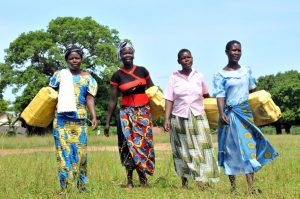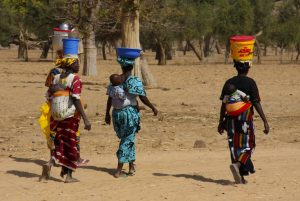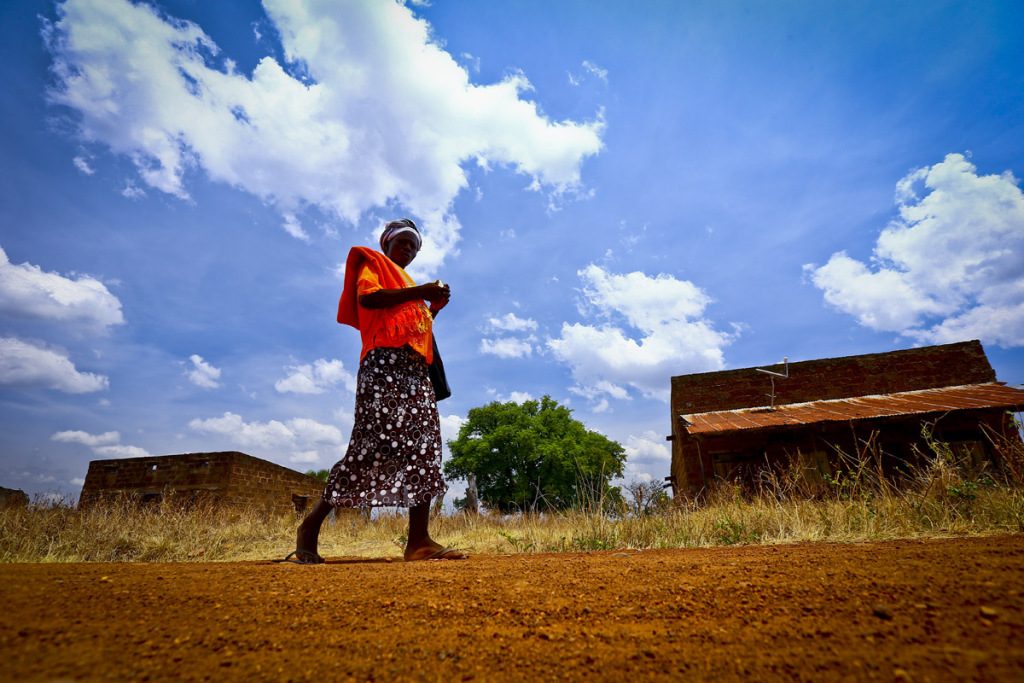Though health experts say walking is good exercise for pregnant mothers, walking 20 kilometers in search of health services is abnormal.
Nighty Alwoch, 19, walked for several hours from Achol Pi to Dr Ambrosoli Memorial hospital in Kalongo, Agago district, roughly 38km away!

Alwoch, who had just delivered when we visited the hospital, said during an antenatal visit, the nurses told her she would need to have a caesarean birth because the baby was too big.
“The nurses told me my case was complicated and I could not deliver naturally, so when I knew I was about to deliver, I packed and walked to the hospital,” she said.
She opted for Dr Ambrosoli Memorial hospital because it was the nearest facility to her village, and being a mission hospital, it had better facilities. Alwoch is not alone, Alice Akanyo, 29, comes from Patongo, which is 15km from the hospital. When Akanyo learnt she was expecting twins, she opted to go to a big hospital before the contractions could start, because Patongo has no ambulance.
When we visited, Alwoch had delivered her twins the previous day and was waiting for her husband to pick her from the health facility. Akanyo and Alwoch are among thousands of rural women who continue to face challenges of accessing maternal health services despite efforts by government to set up specialized care units for expectant mothers.
Despite a significant drop in maternal and child deaths, women still have to make long distances to reach district hospitals, and wait longer in queues to get medical attention.
Statistics indicate that pregnant women in developing countries are 25 times more at risk of death compared to their counterparts in developed countries, with causes ranging from haemorrhage and hypertensive disorders to abortion and delayed access to medical services.
Dr Filippo Ciantia, the chief executive officer at Dr Ambrosoli Memorial hospital, said the hospital registers almost a third of all caesarean cases in the district.
“For instance, between March and May we carried out 386 C-section births,” he said.
According to Ciantia, the hospital conducts more than 3,000 deliveries per year, 30 per cent of them caesarian section. He said the big numbers necessitated the need for a bigger theatre and they had to request the Embassy of Japan to help facilitate construction of a bigger theatre.

Ciantia was addressing delegation from the Japan embassy and journalists who visited the recently constructed operational theatre block at the hospital. The theatre was constructed at a tune of $110,618 (approx. Shs 370m). An official from the embassy Sakano Naho, said the old theatre did not have enough space to serve patients in a hygienic and safe environment.
“The northern region has just come out of the 20-year insurgency which destroyed social service infrastructure and created two million internally displaced people (IDPs),” she said.
Naho said Japan’s Grant Assistance for Grassroots Human Security Projects (GGP), that enabled the construction, will help at least 2,400 patients and 400 expectant mothers get operation services annually.
“This is the only functional theatre in the district; people come from as far as Abim, Kitgum and Pader,” Ciantia said.
Between 2002 and 2014, Infant Mortality Rate has fallen from 87 to 53 deaths per 1,000 live births (39 per cent improvement); Under Five Mortality from 156 to 80 deaths per 1,000 kids (a 48 per cent improvement) and life expectancy at birth has increased from 50 to 63 years, according to statistics availed by the hospital.
Maternal Mortality has fallen from 550 deaths per 100,000 mothers giving birth in 2000, to 360 in 2014.

